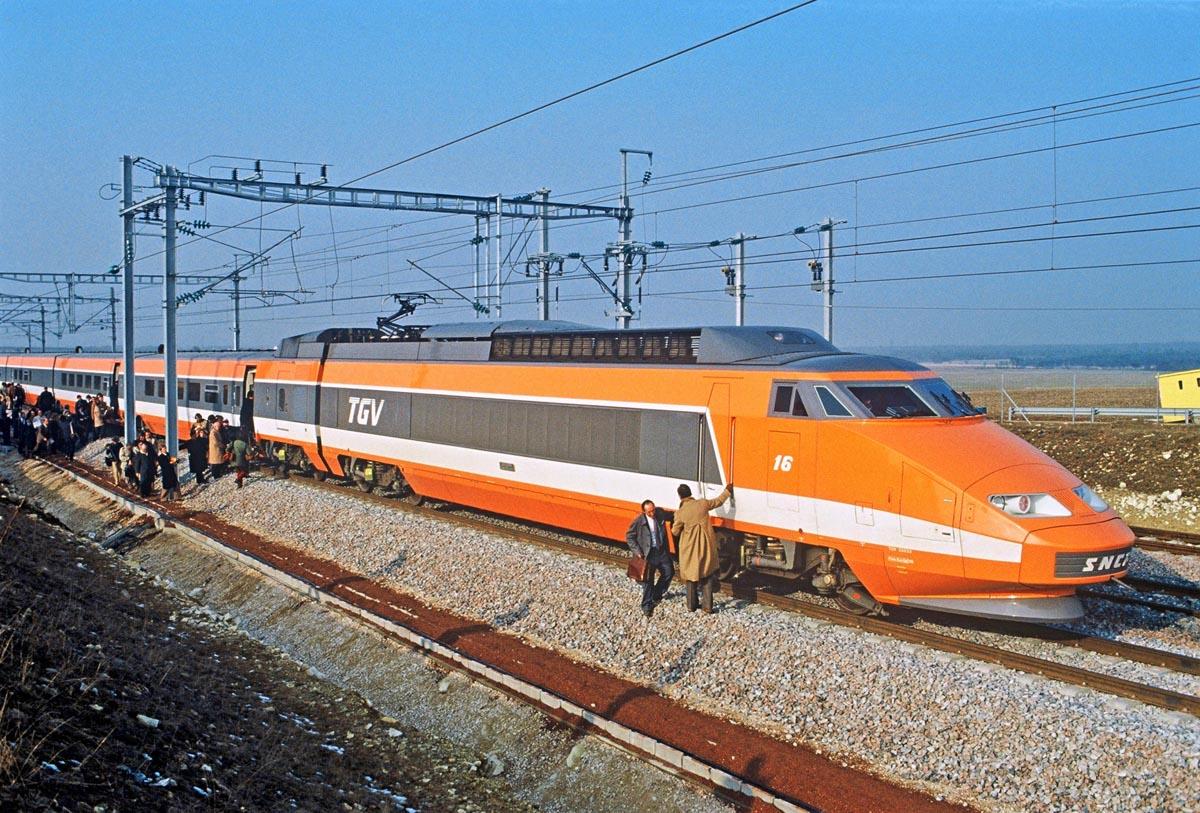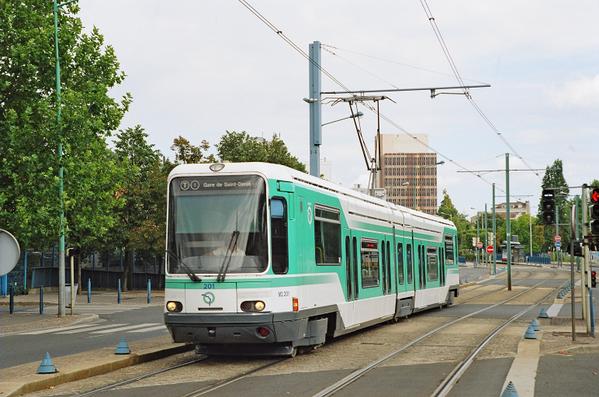
High speed is developing on the French rail network. But who says "TGV", also says "R&D": Galland is constantly innovating to lighten and simplify the equipment.
1976-1978: Click the switch
Before working on a catenary, it is necessary to interrupt the flow of electricity. To facilitate this rather restrictive action, Galland then industrializes large-caliber disconnectors that are better profiled and lighter. Philippe Galland remembers “My grandfather always said: You always have to think about the workers who do the maintenance! ".
1978: a cathedral catenary
Some lines are equipped with very special catenaries. This is the case of the Bordeaux-Biarritz line which links the bends. For this catenary called "midi catenary" which is not regulated by tensioning devices, Galland had to rethink all the anchor parts to be mounted on ogive posts. They are characteristic of this regional line which smells of pine and sea spray.
1984: light as an aluminum arm
The TGV "A" (like Atlantique) goes so fast that the line has to be equipped with a very light arm in order to limit the lifting of the contact wire. A challenge taken up by Galland which creates that year an ultra-light aluminum mobile arm.
1981 and 1990: more records!
On February 26, 1981, the TGV launched at 380 km/h won the world speed record on rails. In 1990, the 325 tu TGV Atlantique trainset also entered history by reaching a speed of 515.3 km/h! The overhead lines of the records are signed… Galland.
1990-2000: the “performance” years
In 1990, the first underwater connection between France and England took place: the Channel Tunnel became a reality. It was inaugurated in 1994. For French companies, it was a crucial market. For Galland, it marked the start of a new period of "Research & Development" and a major qualitative leap.

1988-1989-1990: at the heart of the tunnel
To integrate them into the specific shape of the tunnel, Galland redesigned its tensioning devices, return pulleys, counterweights, etc. It designed new models that were mounted parallel to the tunnel vault and flat, in order to take up as little space as possible. Later, this technology would be used on the Bergen tram (Norway), which also passed through a tunnel.
1990: the “Channel Tunnel” after effect
The Channel Tunnel adventure allowed Galland to take a crucial turn for its future: that of ISO 9000 certification, i.e. a set of standards relating to quality management. Indeed, professional exchanges with England pushed Galland to produce formal proof of the quality of its products, material certificates, to pass tests, approvals... all written in French and English.
1992: the beginning of the Chinese adventure
China places an order for specific section insulators suitable for altitude and certain mountain conditions. Galland then develops the JG 1759.
In 20 years, the company has asserted its presence on the Chinese railway market. In 2016, Galland formalized the opening of a commercial structure located in Suhzou.
1992: the French tram restarts
In 1990, Galland developed the RATP, an economical overhead contact line dedicated to the tramway. Two years later, tramway line 1 (nicknamed "the T1") was put into service between Saint Denis and Bobigny. Galland was chosen to create the standard for catenaries on the French tram network.
1994: first high-speed rail line in China
Galland designs section insulators and anchor parts with a specific return arm for the transition of the Chinese railway network to high speed. For the record, it was an incident on the French TGV that convinced the Chinese to call on Galland's expertise: the train had derailed but had not overturned. A good point for our technology!
2000: creation of the Galland sales department
Galland's expertise is in demand worldwide. The company is on the list of suppliers of Korean TGV (South Korea), Taiwanese TGV, etc.

